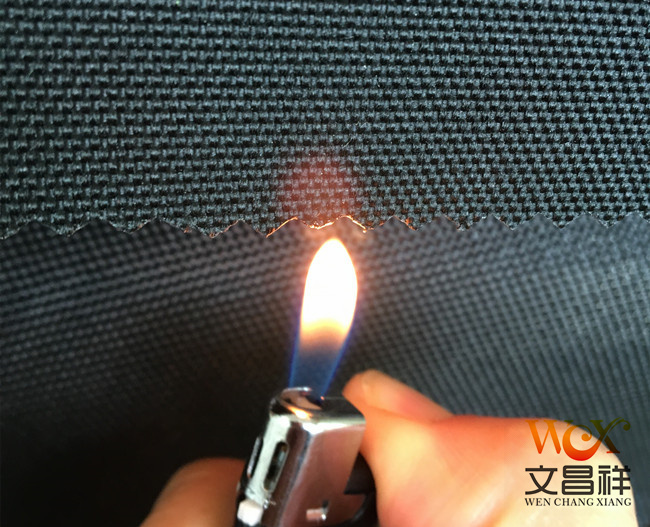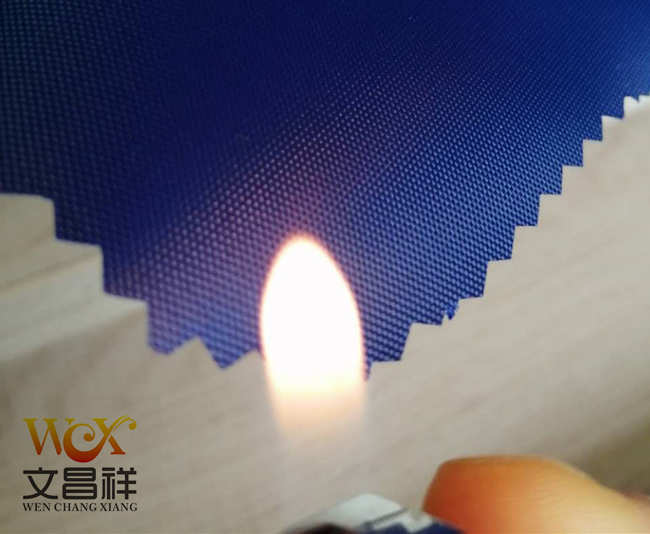The reason why flame-retardant Oxford cloth is flame-retardant is that flame retardants are added during the finishing process. According to different chemical compositions, flame retardants can be roughly divided into halogen-based flame retardants and phosphorus-based flame retardants. , three major categories of inorganic flame retardants.

Halogen series There are the most varieties of flame retardants and the widest range of applications. Fluorides in the halogen series are rarely used as flame retardants except under special circumstances due to their high price and poor flame retardant effect. Although iodide has good flame retardant effect, it is rarely used because it is unstable, easy to decompose, and expensive. Only chlorine and bromine are the most important and common elements among halogen flame retardants.
Phosphorus flame retardants are characterized by high flame retardant efficacy, but because they have a greater impact on the mechanical processing properties of polymers, they are not as widely used as halogen flame retardants. Phosphorus flame retardants include two categories: inorganic phosphorus flame retardants and organic phosphorus flame retardants.

Most organic flame retardants have shortcomings such as toxicity, corrosiveness, and smoke generation, and are more expensive; inorganic flame retardants can just make up for these shortcomings. Generally, inorganic flame retardants often have both flame retardant and smoke elimination functions. Most inorganic flame retardants absorb heat and lose water. The water vapor plays the role of cooling and diluting combustible gases, thus inhibiting the progress of combustion.
Oxford cloth specifications: 1680D, 1200D, 900D, 600D, 420D, 300D, 210D, 150D, etc.
Oxford cloth functional classification: flame retardant Oxford cloth, waterproof Oxford cloth, PVC Oxford cloth, pu Oxford cloth, camouflage Oxford cloth, fluorescent Oxford cloth, printed Oxford cloth, composite Oxford cloth, etc.
</p






